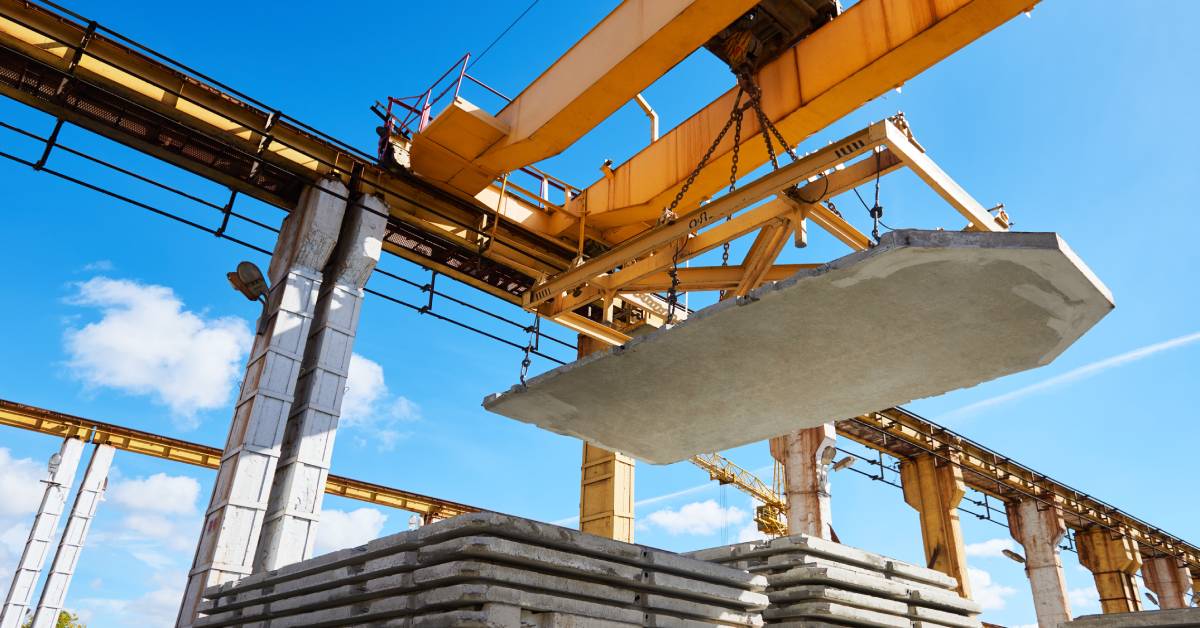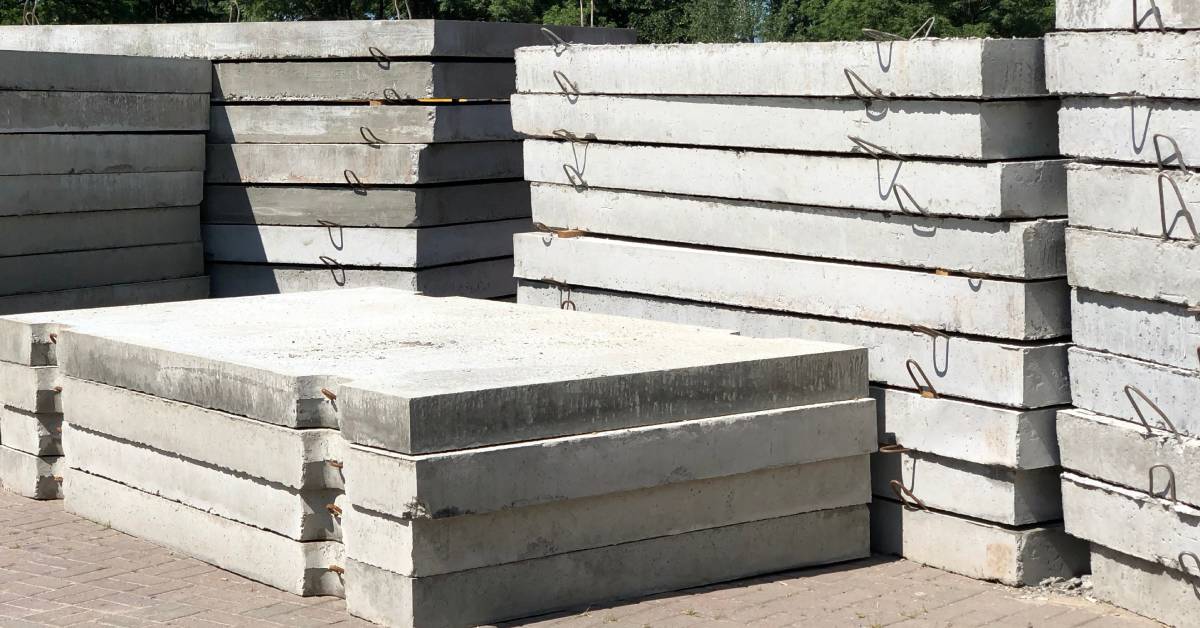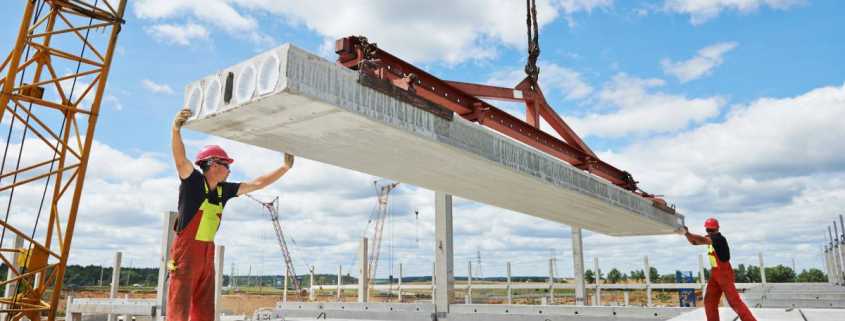How To Safely Lift Concrete Slabs: Dos and Don’ts
Lifting concrete slabs can seem like a daunting task, but with the right approach, you and your team can do it safely and efficiently. Whether you’re dealing with a sidewalk, patio, or floor slab, knowing the proper techniques can save you time and prevent injuries.
In this guide, we’ll cover the essential dos and don’ts of concrete slab lifting so that your crew can navigate the process with confidence. So roll up your sleeves, and let’s get into it—your next project might just go smoother than you think.
Do Plan Ahead
When it comes to lifting concrete slabs, planning ahead is crucial. Before you even think about getting your crew out there, take some time to assess the jobsite. Check for any underground utilities or other potential hazards that could complicate the lift. Make sure you have all the necessary tools and equipment ready to go—nothing slows you down like scrambling to find a jack or a pry bar when the crew is ready to roll. And don’t forget to review safety protocols with your team; a little preparation can go a long way in preventing accidents and keeping everyone on track.
Don’t Lift Alone
When it comes to lifting concrete slabs, one of the biggest mistakes you can make is trying to do it solo. These slabs can be heavy and unwieldy, and without a solid team backing you up, you put yourself at risk for injuries and mistakes.
Work in pairs or even small groups to distribute the weight evenly and keep control of the slab throughout the lift. Plus, having a buddy there means you can communicate clearly about your next moves, which is critical for a smooth operation.

Do Use Proper Tools
Using the right tools can make all the difference when lifting concrete slabs. Make sure you have items like hydraulic jacks, slab lifters, pry bars, and lifting straps, as these are essential for doing the job safely and efficiently. Don’t skimp on quality—invest in reliable equipment that can handle the weight and stress of the task.
Also, check your gear regularly to ensure everything’s in top shape before you start the lift; broken tools can lead to accidents and delays. Having the right tools makes the job easier and keeps your team safe and ready for action.
Don’t Stand Underneath
When you’re lifting concrete slabs, one of the key rules to remember is to never stand underneath them during the process. It might seem obvious, but it’s easy to forget when you’re focused on working.
If something goes wrong—a slip, a tool failure, or an unexpected shift—being underneath the slab puts you at serious risk of injury. Instead, position yourself to the side where you have a clear view of the lift and can react quickly if things take a turn.
Do Wear Safety Gear
When lifting concrete slabs, wearing the right safety gear is non-negotiable. Ensure you and your team have sturdy work boots to protect your feet from heavy drops, along with gloves that provide grip and keep hands safe from rough edges. Safety goggles are a must to shield your eyes from dust and debris, so make sure everyone uses them. There’s no point in risking an injury when the solution is that simple.
Hard hats should also be standard gear on site; they offer the best protection against unexpected falls or bumps. Remember, safety gear isn’t just an afterthought; it’s your first line of defense against the potential hazards that can arise during the job.
Don’t Neglect Surface Preparation
Before you start lifting those concrete slabs, don’t overlook the importance of surface preparation. A clean and even surface is key to a smooth lift, so take the time to clear away any debris, dirt, or loose materials that could hinder your progress.
If the area is uneven, consider using a sledgehammer or grinder to level it out. This will help you avoid complications during the lift and ensure the safety of your crew. Taking a few moments to prep the surface can save you a lot of headaches down the line and keep everything on schedule.

Do Inspect the Slab
After you’ve prepared your surface, take a moment to thoroughly inspect it. Look for any visible cracks, loose pieces, or signs of deterioration—these could cause issues once you start the lift.
If the slab is in poor condition, it might be worth considering whether you need to angle your approach or even replace the slab altogether. A quick inspection can save you a lot of trouble later on.
Don’t Ignore Surroundings
When you’re lifting concrete slabs, you need to keep an eye on your surroundings. Factors like nearby structures, vehicles, or even bystanders can pose risks during the lift. Before you start, take a good look around to ensure you have a clear working area.
Make sure everyone on the team knows to stay alert and communicate if they see anything that could affect the lift. A quick scan can prevent accidents and keep your crew safe. Always be aware of environmental conditions, too, like wind or rain, which can hinder your project.
Do Lift Gradually
When lifting concrete slabs, you need to take your time and lift gradually. Rushing the process can lead to mishaps and injuries, so focus on steady and even movements to keep everything under control.
Start by lifting the slab evenly from both sides. If anyone senses that things are off, stop and reassess. There’s no prize for speed in this job—safety and precision should always come first.
Don’t Forget Communication
When it comes to lifting concrete slabs, clear communication is essential for success. Make sure everyone on your team knows their role and feels comfortable speaking up if they see something that doesn’t look right.
It’s not just about shouting directions; it’s about checking in regularly and making sure everyone’s on the same page during the lift. Use straightforward language to give instructions and encourage questions or feedback. Keeping the lines of communication open can really make a difference in preventing accidents and ensuring a smoother workflow.
Lifting concrete slabs doesn’t have to be a daunting task when you’ve got the right mindset and preparation! By following these dos and don’ts, you’re ensuring an efficient lift and creating a safe and supportive environment for your crew.
Remember that every good lift starts with having a solid set of equipment you can rely on. Our concrete slab lifting equipment comes with a set of dog points to clamp onto the slab, securing a safe lift every time.




Leave a Reply
Want to join the discussion?Feel free to contribute!